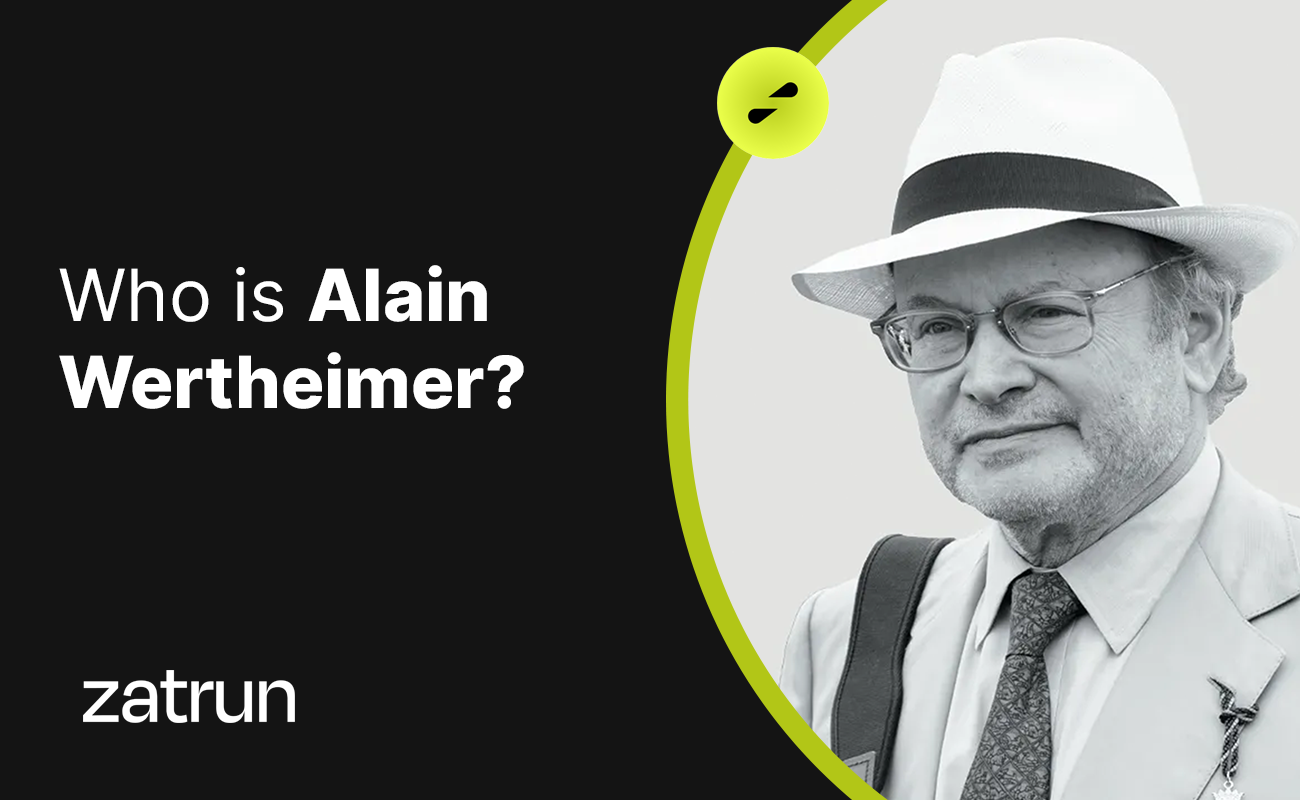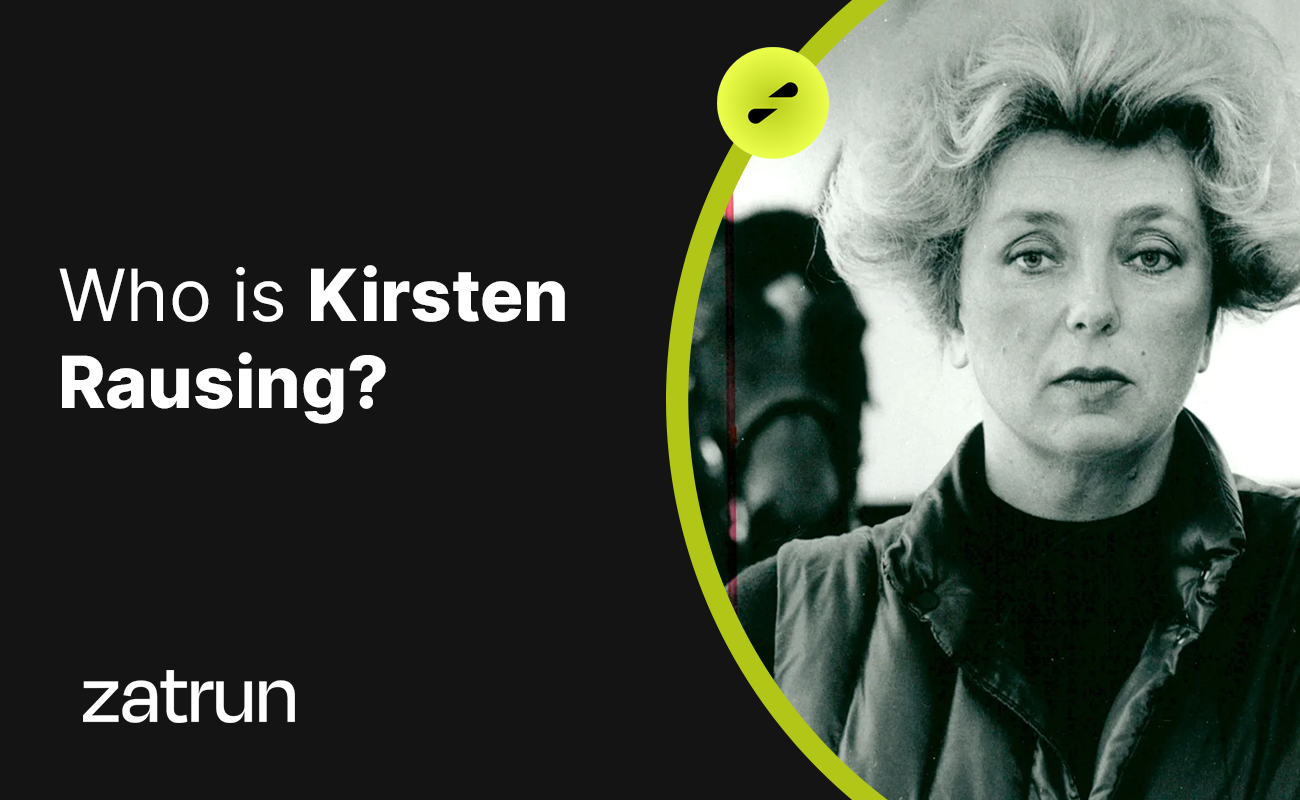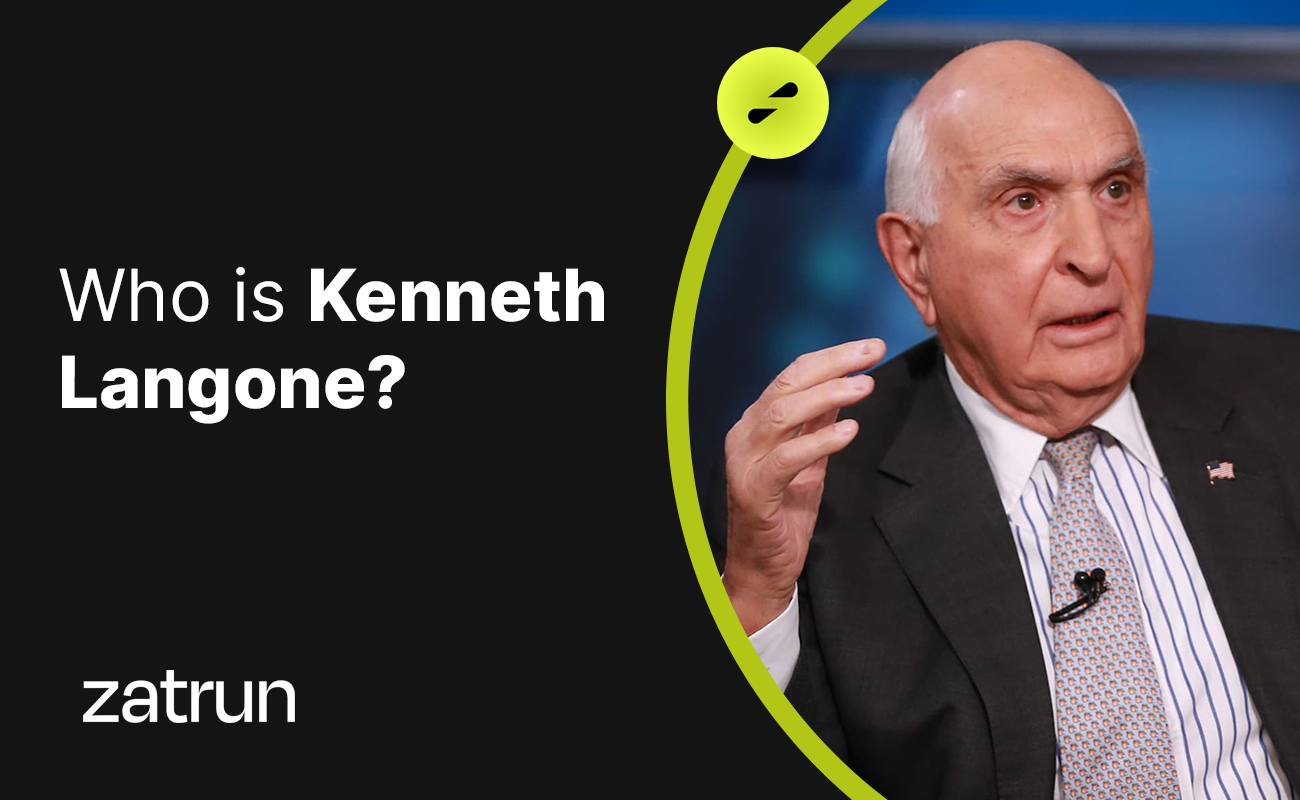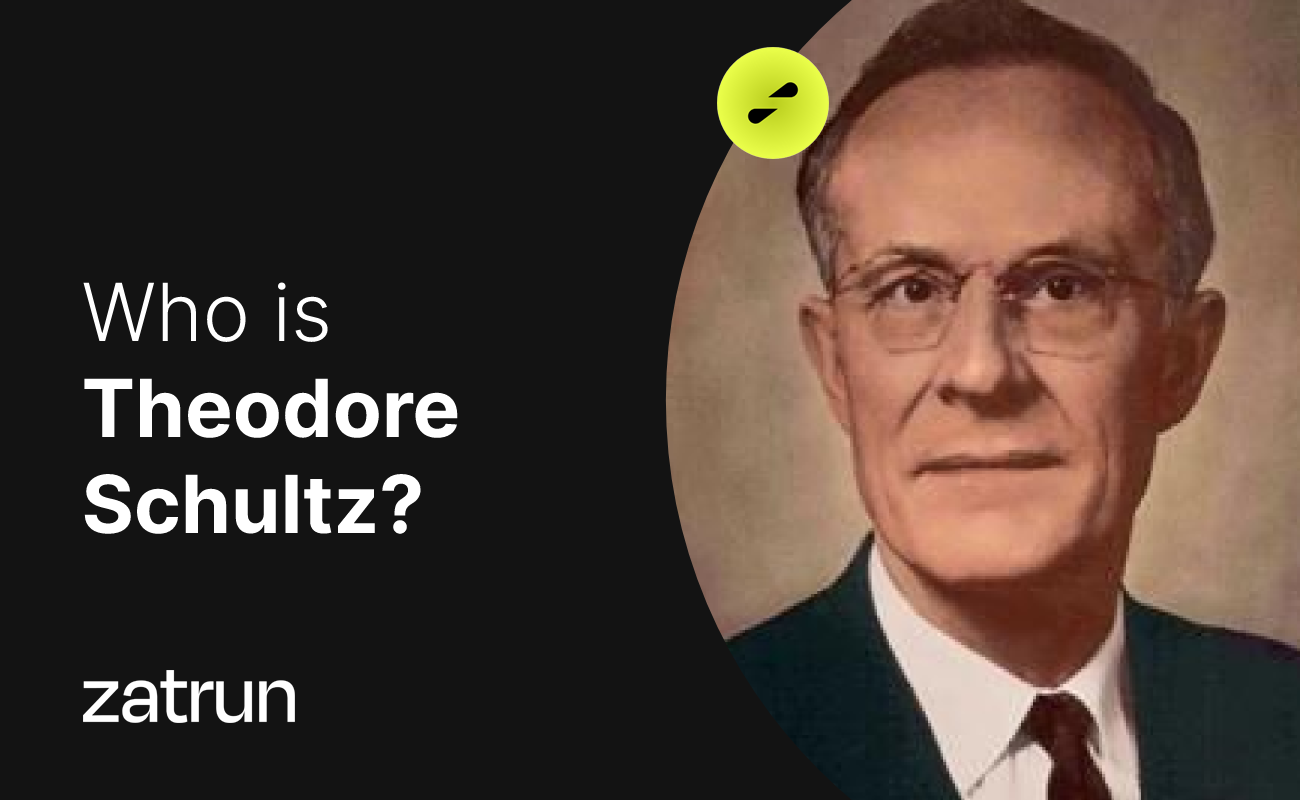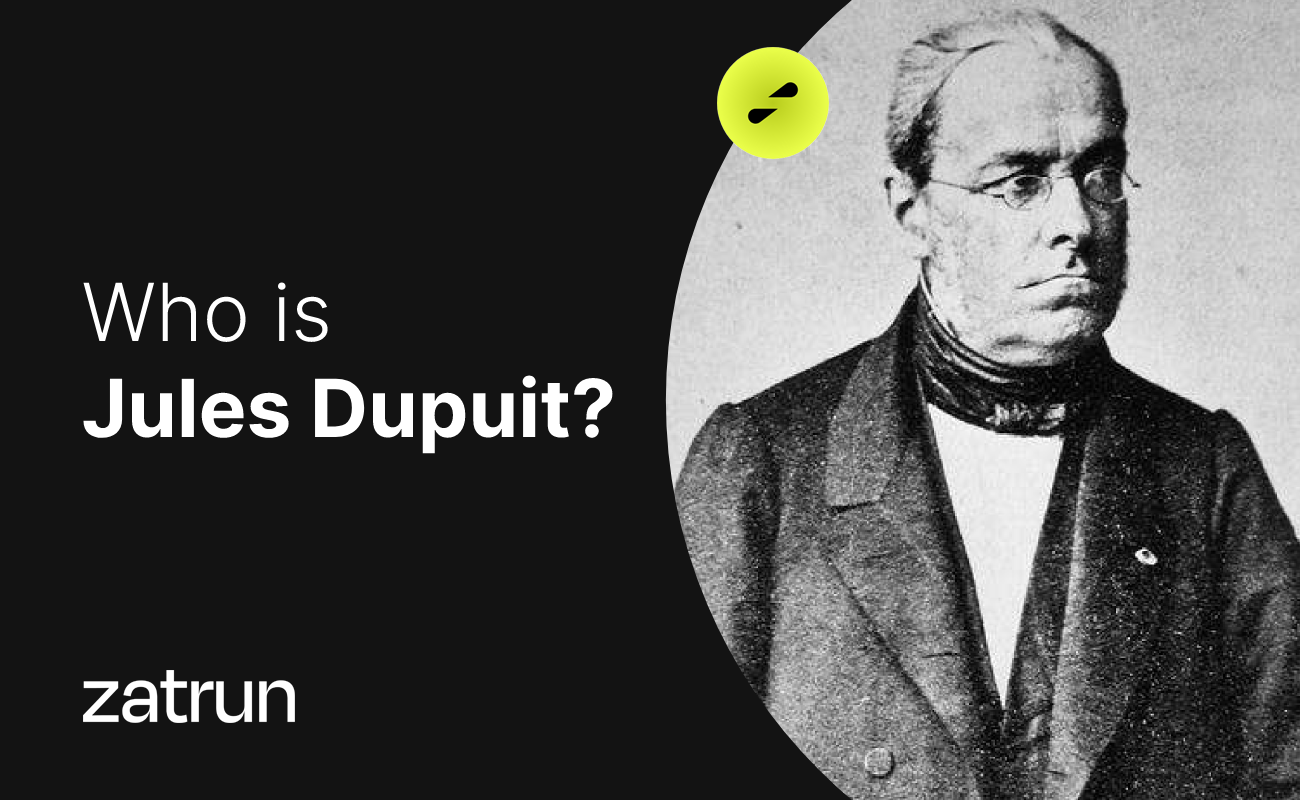Evsey Domar who is the Famous Developer of the Harrod-Domar Model? in our article of Zatrun.com, we will cover in detail everything you need to know about Evsey Domar, an American economist of Russian origin and developer of the Harrod-Domar model.
Who is Evsey Domar?
Evsey Domar was born in 1914 in Łódź, Poland, which was then part of Russia. He grew up and was educated in Russia’s Outer Manchuria before emigrating to the United States in 1936. He earned his Bachelor of Arts from UCLA in 1939, his Master of Science from the University of Michigan in 1940, his second Master of Science from Harvard University in 1943, and his doctorate from Harvard University in 1947. In 1946, Evsey Domar married Carola Rosenthal and they had two daughters together. He was a professor at Carnegie Institute of Technology, The University of Chicago, Johns Hopkins University, and finally at Massachusetts Institute of Technology where he retired from in 1957.
Career Life:
Evsey Domar served as the president of the Association for Comparative Economics and was a member of various academic organizations, including the American Academy of Arts and Sciences, Econometric Society, and Center for Advanced Study in the Behavioral Sciences. He served on the executive committee of the American Economic Association from 1962 to 1965 and became its vice president in 1970.
In 1965, he became the first recipient of the John R. Commons Award from the respected economics society Omicron Delta Epsilon. He worked for RAND Corporation, Ford Foundation, Brookings Institution, National Science Foundation, Battelle Memorial Institute, and Institute for Defense Analysis. Evsey Domar passed away on April 1, 1997, at Emerson Hospital in Concord, Massachusetts.
Works:
Domar was a Keynesian economist who made contributions to three main areas of economics: economic history, comparative economics, and economic growth. In 1946, he proposed the idea of alleviating economic growth deficits and national debts. He was also recognized as an expert on the Soviet economy during the Cold War era.
He is best known for the Harrod-Domar economic growth model, independently developed by British economist Roy Forbes Harrod. This model is a precursor to the neoclassical economic growth model, with the main difference being the limited assumption that the Leontief production function must be applied, meaning that capital and labor must be in fixed proportions and cannot be substituted.
The model was economically unstable. The later Solow-Swan model was heavily inspired by the Harrod-Domar model and used a variable rate Cobb-Douglas production function. Domar’s 1961 work is cited as the source of the Domar aggregation, which presents rules and processes for combining industrial growth data. One of his students was economic historian Robert Fogel, who was awarded the Nobel Prize in Economics in 1993.





